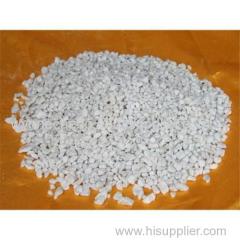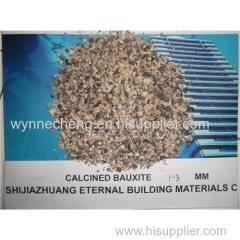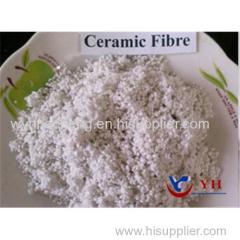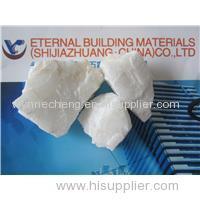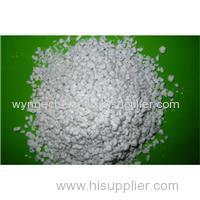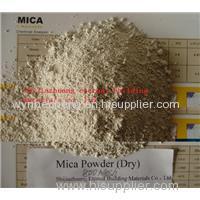
|
Shijiazhuang eternal building materials Company limited
|
muscovite mica mica powder
| Price: | 200.0~400.0 USD |
| Payment Terms: | T/T,L/C,D/A,D/P |
| Place of Origin: | Hebei, China (Mainland) |
|
|
|
| Add to My Favorites | |
| HiSupplier Escrow |
Product Detail
Muscovite (also known as common mica, isinglass, or potash mica[4]) is a phyllosilicate mineral of aluminium and potassium with formula KAl2(AlSi3O10)
Muscovite (also known as common mica, isinglass, or potash mica[4]) is a phyllosilicate mineral of aluminium and potassium with formula KAl2(AlSi3O10)(F,OH)2, or (KF)2(Al2O3)3(SiO2)6(H2O). It has a highly-perfect basal cleavage yielding remarkably-thin lamin (sheets) which are often highly elastic. Sheets of muscovite 5 metres by 3 metres have been found in Nellore, India.[5]
Muscovite has a Mohs hardness of 22.25 parallel to the [001] face, 4 perpendicular to the [001] and a specific gravity of 2.763. It can be colorless or tinted through grays, browns, greens, yellows, or (rarely) violet or red, and can be transparent or translucent. It is anisotropic and has high birefringence. Its crystal system is monoclinic. The green, chromium-rich variety is called fuchsite; mariposite is also a chromium-rich type of muscovite.
Muscovite is the most common mica, found in granites, pegmatites, gneisses, and schists, and as a contact metamorphic rock or as a secondary mineral resulting from the alteration of topaz, feldspar, kyanite, etc. In pegmatites, it is often found in immense sheets that are commercially valuable. Muscovite is in demand for the manufacture of fireproofing and insulating materials and to some extent as a lubricant.
The name of muscovite comes from Muscovy-glass, a name formerly used for the mineral because of its use in Russia for windows.
The mica group of sheet silicate (phyllosilicate) minerals includes several closely related materials having highly perfect basal cleavage. All are monoclinic with a tendency towards pseudo-hexagonal crystals and are similar in chemical composition. The highly perfect cleavage, which is the most prominent characteristic of mica, is explained by the hexagonal sheet-like arrangement of its atoms.
The word "mica" is derived from the Latin word mica, meaning "a crumb", and probably influenced by micare, "to glitter".[1]
Mica classification Trioctahedral micas




















